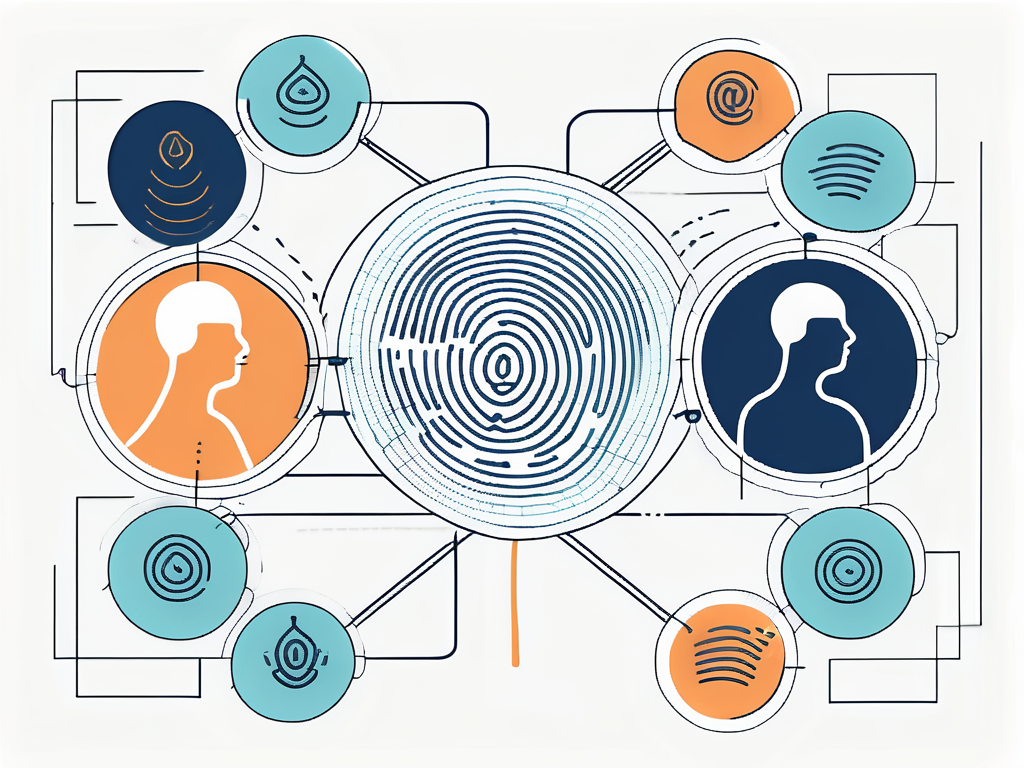In today’s rapidly evolving financial landscape, Anti-Money Laundering (AML) software has become an essential tool for financial institutions and businesses. The need to comply with stringent regulations and combat financial crimes has driven the demand for sophisticated AML solutions. This guide explores the intricacies of AML software, its functionalities, benefits, and how it plays a crucial role in safeguarding the financial ecosystem.
What is AML Software?
AML software refers to a suite of applications designed to assist financial institutions in detecting, preventing, and reporting suspicious activities that could indicate money laundering or other financial crimes. These tools are critical for ensuring compliance with regulatory requirements and protecting the integrity of the financial system.
The primary function of AML software is to monitor transactions and customer data to identify patterns that may suggest illegal activities. By leveraging advanced algorithms and data analytics, these systems can flag potential risks and generate alerts for further investigation. This proactive approach helps institutions mitigate risks and avoid hefty fines associated with non-compliance.
AML software is not a one-size-fits-all solution. It can be customized to meet the specific needs of different organizations, taking into account factors such as size, location, and the nature of their operations. This flexibility ensures that businesses can effectively manage their compliance obligations while minimizing disruptions to their daily activities.
Key Features of AML Software
Transaction Monitoring
Transaction monitoring is a core feature of AML software. It involves the continuous analysis of financial transactions to detect anomalies or patterns indicative of money laundering. The software uses predefined rules and machine learning algorithms to assess the risk level of each transaction, enabling institutions to take timely action when necessary.
By automating the transaction monitoring process, AML software reduces the burden on compliance teams and enhances the accuracy of risk assessments. This automation allows for real-time detection of suspicious activities, which is crucial for preventing financial crimes before they escalate.
Customer Due Diligence (CDD)
Customer Due Diligence is another critical component of AML software. It involves verifying the identity of customers and assessing their risk profile to ensure they are not involved in illicit activities. CDD processes include collecting and analyzing customer information, such as identification documents, financial history, and business relationships.
AML software streamlines the CDD process by automating data collection and analysis, reducing the time and effort required for manual checks. This efficiency not only enhances compliance but also improves the customer experience by minimizing delays in onboarding and transactions.
Sanctions Screening
Sanctions screening is an essential feature that helps institutions comply with international regulations by checking customer and transaction data against global watchlists. These lists include individuals, entities, and countries subject to economic sanctions or embargoes.
AML software automates the screening process, ensuring that institutions do not inadvertently engage in prohibited transactions. By providing real-time alerts and updates, the software helps organizations maintain compliance with ever-changing regulatory requirements.
Benefits of Implementing AML Software
Regulatory Compliance
One of the primary benefits of AML software is its ability to help institutions comply with complex regulatory frameworks. By automating compliance processes and providing comprehensive reporting capabilities, the software ensures that organizations meet their legal obligations and avoid penalties.
Regulatory bodies worldwide have imposed stringent requirements on financial institutions to prevent money laundering and terrorist financing. AML software provides the tools necessary to navigate these regulations effectively, reducing the risk of non-compliance and enhancing the institution’s reputation.
Risk Mitigation
AML software plays a crucial role in mitigating financial risks by identifying and addressing potential threats before they materialize. By providing real-time insights into customer behavior and transaction patterns, the software enables institutions to take proactive measures to prevent financial crimes.
Effective risk management is essential for maintaining the stability and integrity of the financial system. AML software empowers organizations to safeguard their operations and protect their customers from the adverse effects of financial crimes.
Operational Efficiency
Implementing AML software can significantly enhance operational efficiency by automating routine compliance tasks and reducing the need for manual intervention. This automation frees up valuable resources, allowing compliance teams to focus on more strategic activities and improving overall productivity.
By streamlining compliance processes, AML software also reduces the likelihood of human error, which can lead to costly mistakes and regulatory breaches. This increased efficiency translates into cost savings and a more agile response to emerging threats.
Choosing the Right AML Software
Assessing Your Needs
When selecting AML software, it is essential to assess your organization’s specific needs and requirements. Consider factors such as the size of your institution, the complexity of your operations, and the regulatory environment in which you operate. This assessment will help you identify the features and functionalities that are most relevant to your business.
Engaging with stakeholders across your organization can provide valuable insights into the challenges and opportunities associated with AML compliance. By involving key decision-makers in the selection process, you can ensure that the chosen solution aligns with your strategic objectives and operational priorities.
Evaluating Vendors
Once you have a clear understanding of your needs, it is time to evaluate potential AML software vendors. Look for providers with a proven track record of delivering reliable and effective solutions. Consider factors such as the vendor’s reputation, customer reviews, and the level of support they offer.
It is also important to assess the scalability and flexibility of the software. As your organization grows and evolves, your AML solution should be able to adapt to changing requirements and accommodate increased transaction volumes. A scalable solution will ensure that you can maintain compliance without compromising on performance.
Cost Considerations
Cost is a critical factor when choosing AML software. While it is important to find a solution that fits within your budget, it is equally important to consider the long-term value and return on investment. A cheaper solution may not provide the comprehensive features and support needed to effectively manage compliance risks.
Consider the total cost of ownership, including implementation, training, and ongoing maintenance. By evaluating the cost-benefit ratio, you can make an informed decision that balances affordability with functionality and reliability.
Future Trends in AML Software
Artificial Intelligence and Machine Learning
Artificial Intelligence (AI) and Machine Learning (ML) are poised to revolutionize AML software by enhancing its ability to detect and prevent financial crimes. These technologies enable the software to learn from historical data and improve its accuracy in identifying suspicious activities.
AI and ML can also help reduce false positives, which are a common challenge in AML compliance. By refining algorithms and improving pattern recognition, these technologies can enhance the efficiency and effectiveness of AML solutions, providing institutions with a competitive edge in the fight against financial crime.
Blockchain Technology
Blockchain technology offers significant potential for improving AML processes by providing a transparent and immutable record of transactions. This technology can enhance the traceability and accountability of financial activities, making it easier to detect and investigate suspicious behavior.
As blockchain adoption continues to grow, AML software will need to integrate with these systems to leverage their benefits fully. By incorporating blockchain capabilities, AML solutions can offer enhanced security and compliance features, further strengthening the financial ecosystem.
Regulatory Developments
The regulatory landscape for AML compliance is constantly evolving, with new requirements and guidelines emerging regularly. AML software must keep pace with these changes to ensure that institutions remain compliant and avoid penalties.
Future AML solutions will need to offer greater flexibility and adaptability to accommodate evolving regulations. By staying ahead of regulatory developments, AML software can provide institutions with the tools they need to navigate complex compliance challenges and protect their operations from financial crime.
In conclusion, AML software is an indispensable tool for financial institutions and businesses seeking to combat money laundering and other financial crimes. By understanding its features, benefits, and future trends, organizations can make informed decisions about implementing effective AML solutions that safeguard their operations and ensure compliance with regulatory requirements.

